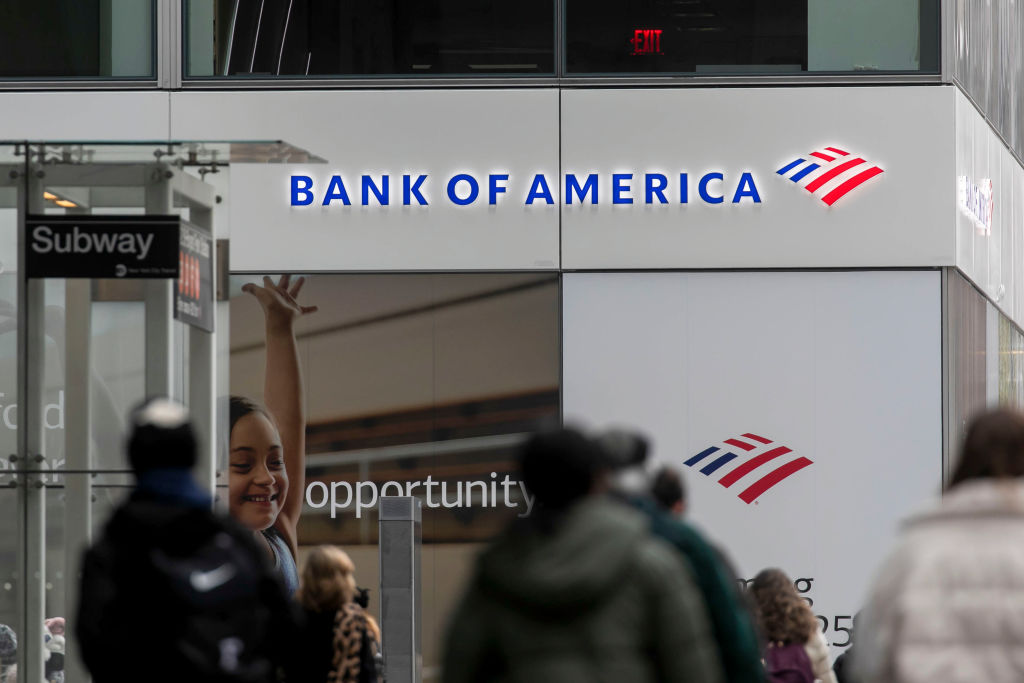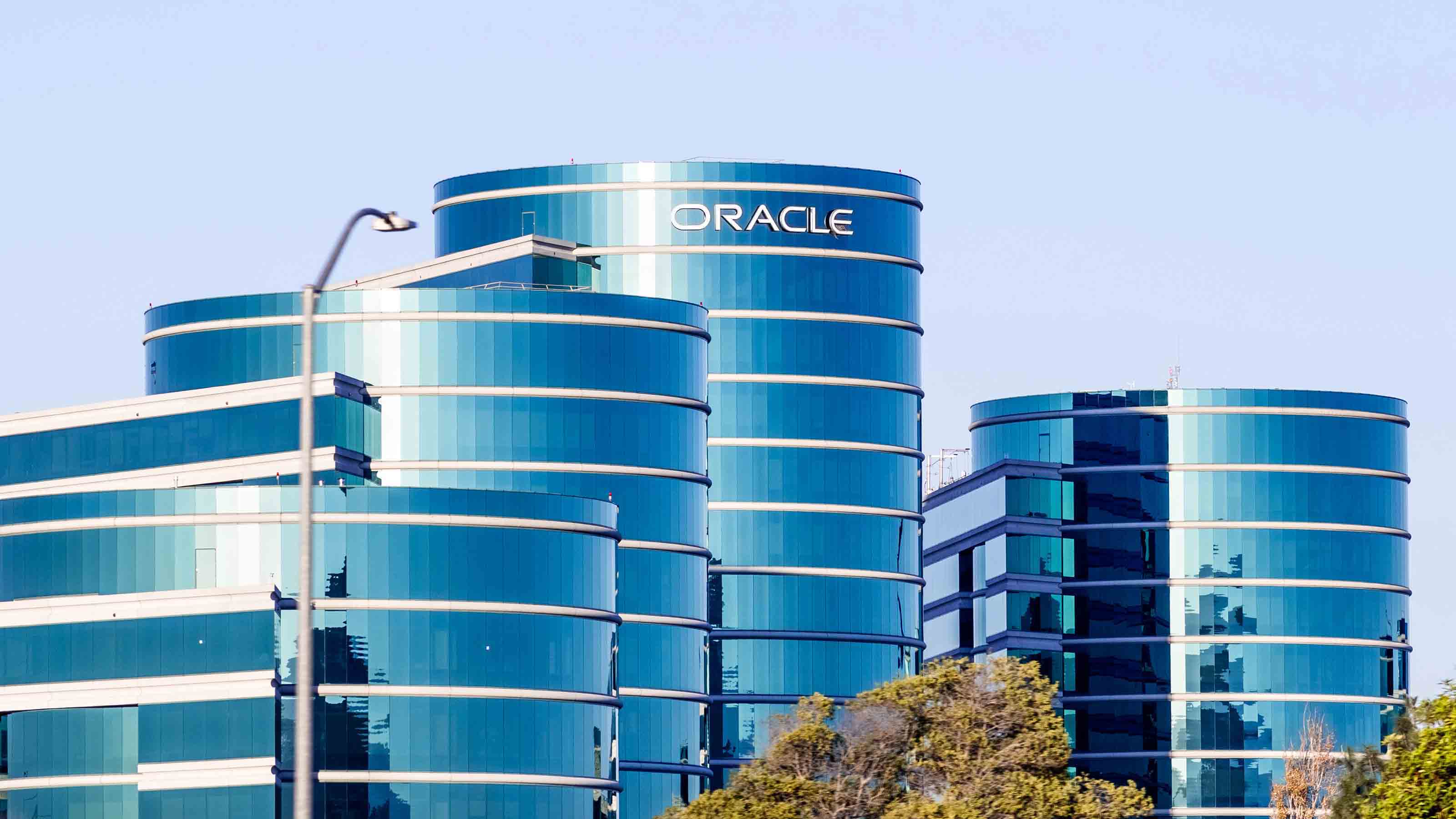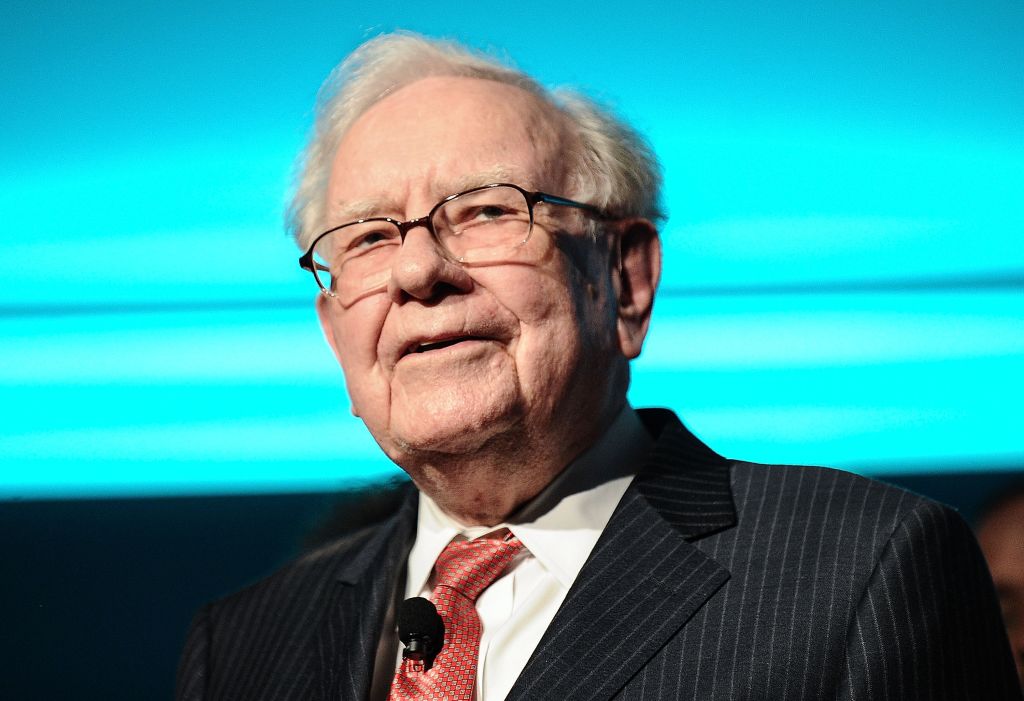Where to Invest in 2017
The bull market is likely to celebrate its eighth birthday under the Trump presidency, but gains will again be middling.

Amid a dense fog of uncertainty, an aging bull will have to find its footing in 2017. Rarely has the way forward been so obscured by the murky policies of a new political regime, as well as by questions about economic growth, monetary policy and the animal spirits—or lack thereof—of America’s corporate chieftains.
Whether the bull finds its way safely will depend on how well markets adjust to the new reality in Washington and whether they can make a transition from being driven by ultra-easy Federal Reserve policies to being supported by what in the end must support all bull markets: rising profits across a broad swath of corporate America. The stock market has been meandering for a year and a half, searching for direction.
Unfortunately, we don’t expect a lot of clarity in 2017, at least initially. A Republican sweep of the executive and legislative branches of government argues for substantive changes in government spending, trade, tax and immigration policies. Volatility will be on the rise as investors try to suss out the impact on the economy and financial markets.
From just $107.88 $24.99 for Kiplinger Personal Finance
Become a smarter, better informed investor. Subscribe from just $107.88 $24.99, plus get up to 4 Special Issues

Sign up for Kiplinger’s Free Newsletters
Profit and prosper with the best of expert advice on investing, taxes, retirement, personal finance and more - straight to your e-mail.
Profit and prosper with the best of expert advice - straight to your e-mail.
For now, it’s reasonable to expect returns in the mid single digits in 2017 based on an improving economy and a resumption of earnings growth. But stocks could end the year wide of the mark in either direction. We see Standard & Poor’s 500-stock index finishing 2017 in the range of 2200 to 2250, suggesting a return of 4% to 6%, including dividends. Figure the Dow Jones industrial average landing near 19,500. (The indexes closed at 2163 and 18,590, respectively, on November 9; all prices and returns in this article are through that date.)
Against a backdrop of change unfolding within an essentially sound economy, you’ll do best by favoring stocks over bonds, zeroing in on companies with strong long-term growth trends and rising dividends, and by finding sectors that will prosper with Donald Trump in the White House. Although in recent years it has paid to focus on U.S. stocks, a combination of low returns and high volatility will remind investors of the importance of a well-diversified portfolio. That means looking for opportunities overseas.
For the market to deliver even modest gains, the graying U.S. economic expansion—like the bull market, turning eight in 2017—must soldier on. Kiplinger expects gross domestic product to expand by 2.1% in 2017, up from an expected 1.5% in 2016. “Economies don’t die of old age, they die of excesses—overbuilding, overconfidence, overspending,” says John Canally, chief economist at brokerage and advisory firm LPL Financial. Far from excessive, substantial outlays from Uncle Sam or from corporate CEOs have been sorely lacking throughout most of the recovery, and that has kept a lid on growth.
That could change in 2017—big league, as Trump might say. Government spending to upgrade the nation’s roads, bridges, airports and other infrastructure is a top priority for Trump and is supported by both political parties; Trump has also promised to boost defense spending. With the unemployment rate expected to close 2017 at a low 4.6% rate (compared with 4.9% in late 2016), companies will have little choice but to spend on plants and equipment to continue growing.
Says Brad McMillan, chief investment officer of Commonwealth Financial Network, a brokerage firm: “If I’m a company, I can hire bodies or buy equipment to make bodies more efficient. But I’m starting to run out of bodies.” Trump’s campaign vow to crack down on immigration could exacerbate labor shortages.
Meanwhile, consumers, whose spending accounts for 70% of the domestic economy, are in good shape. Household balance sheets are healthy, wages are starting to rise, and promised tax cuts could make many people feel even wealthier. “Many of Trump’s policies would stimulate the economy and could lead to faster growth in the short term,” says McMillan.
But risks abound. Since 1929, nine of 14 U.S. economic recessions began in the year following the presidential election. New presidents want the bad news of a recession or a bear market over with as early as possible in their four-year terms, says James Stack, publisher of InvesTech Research newsletter. “This time around, interest rates are subdued and the economy appears sound,” says Stack. Nonetheless, tighter monetary policy and controversial moves tend to land earlier rather than later in the presidential cycle, he says. Trump’s protectionist tendencies are particularly worrisome, says Alan Levenson, T. Rowe Price’s chief U.S. economist. “I am not aware of any country in history that ever isolated its way to prosperity,” he says.
An inflationary theme also runs through the new president’s agenda. A combination of tax cuts and government spending sprees could ramp up budget deficits, and a push to return immigrants to their home countries or to increase trade tariffs would boost wages and the prices of foreign-made goods. Inflation was already set to rise in 2017, with higher oil prices offsetting moderating food prices. So-called core inflation, which excludes volatile food and energy prices but includes rents, medical care and education costs, is drifting higher, too. Expect consumer prices to climb by a moderate 2.4% in 2017, up from an expected 1.8% rise in 2016.
The Federal Reserve is likely to respond with one or two quarter-percentage-point hikes in short-term interest rates in 2017 (on top of an increase expected in December 2016). That’s barely enough to qualify as a tightening of monetary policy, but it could still take some getting used to. “Getting interest rates back up will be a plus for the economy because of the additional returns for savers,” says McMillan. “But there could be a couple of rocky quarters while the market and the economy sort it all out.” Look for yields on 10-year Treasury bonds to drift up to 2.5%, from 2.1% recently, by the end of 2017. Investors who want to protect their portfolios from rising inflation should consider buying Treasury inflation-protected securities directly from Uncle Sam.
Despite what is sure to be a fixation on Trumpolitics, the new administration’s policies are likely to wind up as “Trump Lite,” says David Kelly, chief global strategist at J.P. Morgan Asset Management. Expect less gridlock with Trump’s party in control of both houses of Congress, but establishment Republicans won’t rubber-stamp dramatic reversals in trade and fiscal policies, and Trump himself has shown a willingness to compromise. “He’s strident on the campaign trails, but I think he’ll be pragmatic in office,” says Kelly.
Investors will get a clue about the degree to which lawmakers on both sides of the aisle are likely to collaborate when the government bumps up against the debt ceiling in March—lawmakers will have to come together to avoid default. Investors will also be watching events overseas, including the progress of the United Kingdom’s exit from the European Union and elections in 2017 in France and Germany.
Stateside, all eyes will be on how convincingly U.S. corporations emerge from the 2015–16 earnings slump. Investors can take heart in what looks like a resumption of growth in the third quarter of 2016, following four straight quarters of profit declines. And hope springs eternal among Wall Street analysts, who project a 12% increase in earnings for S&P 500 companies for 2017. Katie Nixon, chief investment officer at Northern Trust Wealth Management, sees earnings growth of just 4% in 2017. “That’s not going to blow your socks off,” she says. “It’s tough to grow earnings in a low-growth world.” Moreover, in a climate marked by uncertainty, wary investors may decide to pay less for each dollar of corporate profit, compressing price-earnings ratios from today’s elevated levels and pressuring returns. (The S&P 500 sells for 17 times earnings.)
Adding to the challenge, some sectors will be buffeted by conflicting crosscurrents. For example, multinationals, such as Apple and General Electric, could get a boost if corporate tax reform is enacted, including a tax holiday on repatriated foreign profits. S&P 500 companies have $2.4 trillion in untaxed profits overseas. But imposition of tariffs could trigger retaliation, reducing global trade and hurting those same companies. Technology firms especially rely on skilled labor from around the world and on global supply and distribution chains, says Josh Spencer, who runs T. Rowe Price Global Technology Fund. But trends more likely to determine the future of tech stocks, he says, include the growth of cloud computing and the blossoming of new markets, such as self-driving cars. In general, investors will do better to focus on the fundamental factors driving industries and the outlook for individual companies rather than try to guess political fallout.
Where to invest now
U.S.-focused investors need to broaden their horizons, but those buying shares in Europe or Japan may have to hold their noses: “Europe looks uninspiring, and Japan looks just awful,” says Sarah Ketterer, CEO of Causeway Capital, an investment firm that specializes in foreign markets. So, she says, it’s a great time for patient investors to load up on top-quality firms selling at discounted prices. Ketterer recommends Prudential PLC (symbol PUK, $36), a London-based insurer with a fast-growing business in Southeast Asia, and Japan Airlines (JAPSY, $15), whose domestic passengers are taking advantage of a strong yen to travel abroad; its stock yields 3.7%. Mutual fund investors should consider Fidelity International Growth (FIGFX) and FMI International (FMIJX), both members of the Kiplinger 25.
The long-term case for emerging-markets stocks remains compelling, even after an explosive rally in 2016 and despite Trump’s incendiary comments against developing nations such as China and Mexico during his run for the White House. “Many investors remain underallocated to emerging markets,” says Heather Miner, global head of Goldman Sachs Asset Management’s strategic advisory group. “The long-term growth opportunity is intact, but the new administration will have an impact on emerging-markets stocks and currencies in what could be a more contentious environment for trade policy.” Patient investors can invest through Kip 25 member Baron Emerging MarketsBEXFX).
In the U.S., consider a sector that is typically regarded as defensive but lately has been anything but. Health care stocks were pummeled by members of Congress on both sides of the political aisle in 2016, as Republicans threatened to repeal the Affordable Care Act and Democrats waged war on drug prices. But drug and biotech stocks rebounded strongly after Trump’s victory. Mike Bailey, director of research for FBB Capital Partners, a money-management firm in Bethesda, Md., likes Alexion Pharmaceuticals (ALXN, $127), which specializes in treatments for rare diseases; medical device maker CR Bard (BCR, $219); and insurer UnitedHealth Group (UNH, $142). For fund investors, we favor Kip 25 fund Vanguard Health Care (VGHCX).
Technology stocks should do well if there’s even a whiff of economic slowdown and investors shift their focus to companies that can grow in good times or bad. S&P 500 tech companies are expected to log earnings growth of 12% in 2017, the highest of any sector save energy and materials, both clawing their way back from the brink. FBB’s Bailey recommends Microsoft (MSFT, $60), which has exposure to cloud computing, and Visa (V, $83), which operates the world’s largest electronic-payments network. A boost in infrastructure spending is already reflected in the share prices of many of the machinery companies and other firms you’d expect to benefit. But cybersecurity will be a priority, too, making Palo Alto Networks (PANW, $159) a backdoor infrastructure play, says Bailey. Vanguard Information Technology (VGT), a member of the Kiplinger ETF 20, is a good choice for tech investors.
When rates are rising, financial stocks deserve a look—particularly now that regulations will likely be scrutinized and perhaps lightened. Beyond banks, such as J.P. Morgan (JPM, $73) and PNC Financial Services Group (PNC, $101), consider companies with an investing kicker, says Bailey. He likes TD Ameritrade (AMTD, $35), which should see a boost in interest income once short-term rates rise. It is also expanding aggressively, recently agreeing to buy rival Scottrade for $4 billion.Companies that cater to consumers will benefit from any tax cuts that leave more money for spending on non-necessities. Restaurants, hotels and especially high-end retailers should prosper now that the threat of tax increases on the wealthy has been pushed aside, says Savita Subramanian, a strategist at Bank of America Merrill Lynch. Consider Marriott International (MAR, $74) and retailer Signet Jewelers (SIG, $87). Or use an exchange-traded fund, such as Consumer Discretionary Select SPDR (XLY, $79), to invest in a broad range of companies.
Dividend stocks have been Wall Street’s darlings for years, and they still deserve a place in your portfolio. Their steady income can help you stay the course in turbulent times. But investors might consider trimming positions in so-called RUST stocks—real estate investment trusts, utilities, consumer staples and telecommunications service providers. These high-yielders behave a lot like bonds, which means that when rates rise, their prices will fall. Rather, focus on sturdy companies with the wherewithal to raise payouts consistently over time with an investment in T. Rowe Price Dividend Growth (PRDGX), a Kip 25 member.
Profit and prosper with the best of Kiplinger's advice on investing, taxes, retirement, personal finance and much more. Delivered daily. Enter your email in the box and click Sign Me Up.

Anne Kates Smith brings Wall Street to Main Street, with decades of experience covering investments and personal finance for real people trying to navigate fast-changing markets, preserve financial security or plan for the future. She oversees the magazine's investing coverage, authors Kiplinger’s biannual stock-market outlooks and writes the "Your Mind and Your Money" column, a take on behavioral finance and how investors can get out of their own way. Smith began her journalism career as a writer and columnist for USA Today. Prior to joining Kiplinger, she was a senior editor at U.S. News & World Report and a contributing columnist for TheStreet. Smith is a graduate of St. John's College in Annapolis, Md., the third-oldest college in America.
-
 CD Maturing Soon? Here's What to Do Next
CD Maturing Soon? Here's What to Do NextThese strategies of what to do when you have a CD maturing soon will have you maximizing returns even with rate cuts.
-
 How to Make 2026 Your Best Year Yet for Retirement Savings
How to Make 2026 Your Best Year Yet for Retirement SavingsMake 2026 the year you stop coasting and start supercharging your retirement savings.
-
 You Saved for Retirement: 4 Pressing FAQs Now
You Saved for Retirement: 4 Pressing FAQs NowSaving for retirement is just one step. Now, you have to figure out how to spend and maintain funds. Here are four frequently asked questions at this stage.
-
 If You'd Put $1,000 Into Coca-Cola Stock 20 Years Ago, Here's What You'd Have Today
If You'd Put $1,000 Into Coca-Cola Stock 20 Years Ago, Here's What You'd Have TodayEven with its reliable dividend growth and generous stock buybacks, Coca-Cola has underperformed the broad market in the long term.
-
 If You Put $1,000 into Qualcomm Stock 20 Years Ago, Here's What You Would Have Today
If You Put $1,000 into Qualcomm Stock 20 Years Ago, Here's What You Would Have TodayQualcomm stock has been a big disappointment for truly long-term investors.
-
 If You'd Put $1,000 Into Home Depot Stock 20 Years Ago, Here's What You'd Have Today
If You'd Put $1,000 Into Home Depot Stock 20 Years Ago, Here's What You'd Have TodayHome Depot stock has been a buy-and-hold banger for truly long-term investors.
-
 If You'd Put $1,000 Into Bank of America Stock 20 Years Ago, Here's What You'd Have Today
If You'd Put $1,000 Into Bank of America Stock 20 Years Ago, Here's What You'd Have TodayBank of America stock has been a massive buy-and-hold bust.
-

 If You'd Put $1,000 Into Oracle Stock 20 Years Ago, Here's What You'd Have Today
If You'd Put $1,000 Into Oracle Stock 20 Years Ago, Here's What You'd Have TodayORCL Oracle stock has been an outstanding buy-and-hold bet for decades.
-
 If You'd Put $1,000 Into Sherwin-Williams Stock 20 Years Ago, Here's What You'd Have Today
If You'd Put $1,000 Into Sherwin-Williams Stock 20 Years Ago, Here's What You'd Have TodaySherwin-Williams stock has clobbered the broader market by a wide margin for a long time.
-
 If You'd Put $1,000 Into UnitedHealth Group Stock 20 Years Ago, Here's What You'd Have Today
If You'd Put $1,000 Into UnitedHealth Group Stock 20 Years Ago, Here's What You'd Have TodayUNH stock was a massive market beater for ages — until it wasn't.
-
 If You'd Put $1,000 Into Berkshire Hathaway Stock 20 Years Ago, Here's What You'd Have Today
If You'd Put $1,000 Into Berkshire Hathaway Stock 20 Years Ago, Here's What You'd Have TodayBerkshire Hathaway is a long-time market beater, but the easy money in BRK.B has already been made.